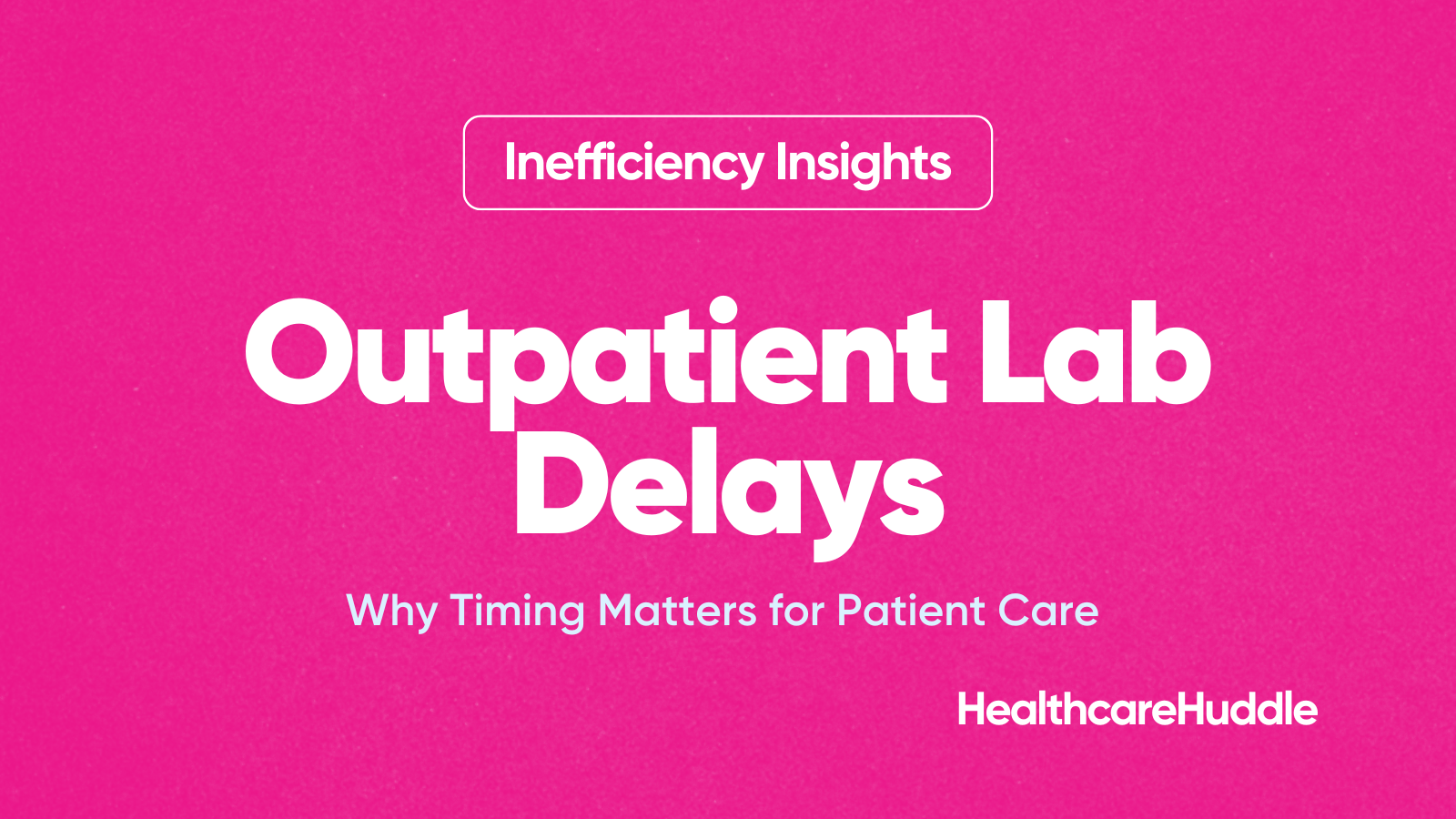Boeing has been under more heat since January 2024 for its safety issues after a door flew off one of its 737 MAX planes shortly after it took off. I emphasize “more” since this isn’t Boeing’s first safety issue. The $120 billion company has a rich history of late for putting profits over safety.
All of this Boeing “profit over safety” talk had me thinking…
In this article, I’ll quickly recap Boeing’s safety fiascos, touch on the corporatization of healthcare, and then link the two together to show profit over safety is a dangerous, deadly recipe.
The Deets On Boeing
In January 2024, a door detached from a new Boeing 737 MAX owned by Alaska Airlines right after takeoff. Shortly after, an investigation found that four bolts, which were supposed to hold the door securely closed, were missing. When Alaska Airlines checked their other 737-9 MAXs, they found additional loose bolts. Watch this Jon Oliver detailing this whole fiasco, which I’ll summarize below.
There was a time when Boeing was the standard of excellence. So what happened?
In 1997, Boeing merged with aerospace manufacturer McDonnell Douglas, known for its cut-throat, profit-driven culture. Post-merger strategies focused on boosting stock prices, leading to compromised safety and operational chaos, as evidenced by the over-budget and delayed 787 Dreamliner project, plagued by subcontractor issues and technical failures. Multiple planes had fires on board due to defective batteries, forcing the FAA to ground the Dreamliner—the first time the FAA grounded a plane since McDonald Douglas’ plane in 1979.
Boeing's reactionary strategy to competitor AirBus' fuel-efficient aircraft led to the rushed development of the 737 MAX, prioritizing competition over safety. One employee (go to minute 16 here) described the company as taking dangerous and unnecessary risks, saying, “I’ve seen military operations shut down for a lot less.” His manager responded, “Well, the military isn’t a profit-making organization.”
The 737 MAX, equipped with the flawed MCAS system that relied on a single sensor, was rushed to market without adequate pilot training on the new system, aiming to save costs and claiming it was similar enough to previous models not to require simulator training. MCAS (Maneuvering characteristics augmentation system) essentially pointed the nose of the plane downwards if it was about to stall. MCAS was activated by a single sensor on the outside of the plane, meaning a single balloon, duck, or whatever it may be, could activate the system and force the plane to nose dive.
This nose dive is what reportedly happened to the Lion Air flight that went missing in 2019. After the flight crashed, Boeing announced it would update the MCAS software within 6 weeks. There was no software update within those six weeks, but Boeing did approve a $20 billion share buyback program. A couple of months later, still without the MCAS update, an Ethiopian Airlines flight crashed after MCAS was erroneously activated again.
If you’re wondering where the regulators were, know that Boeing successfully lobbied to reduce government oversight on its airline designs.
Private Equity in Healthcare
Private equity deals grew an estimated 200% in service-related deals (primary care, multispecialty groups) from 2012 to 2022, underscoring a significant shift in the industry's landscape.

The growth in PE ownership in healthcare, particularly in physician practices, has led to substantial market share acquisitions:
PE firms hold over 30% market share in 120 metropolitan statistical areas (MSAs). These are cities with high population densities.
PE firms hold over 50% of 60 MSAs
While these acquisitions can inject much-needed capital and drive efficiency, they also raise concerns about increased healthcare costs, potential quality compromises, and market monopolization. Studies, which I’ve highlighted in a prior article here, indicate that while PE-owned practices may contribute to higher healthcare use and spending, the quality of care does not necessarily improve, with some areas experiencing higher prices post-acquisition. The case of hospital acquisitions is particularly troubling, as evidenced by a 25.4% increase in hospital-acquired conditions post-PE acquisition.
This trend has caught the attention of regulators (FTC, DOJ) and policymakers as more stakeholders worry about PE's expansive role in healthcare markets.
Dashevsky’s Dissection
The Boeing drama and PE's involvement in healthcare share similar themes of how profit motives can overshadow core operational and ethical responsibilities.
In Boeing's case, the drive for shareholder value, while good for shareholders, led to compromised safety standards and fatal consequences—bad for customers. Similarly, in healthcare, PE's growing influence has brought about both positive and negative impacts….







